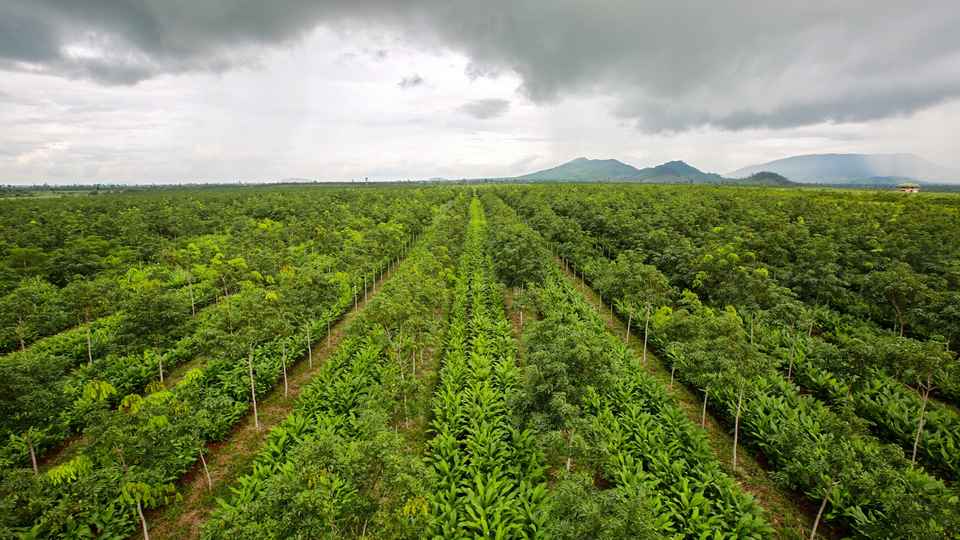
I love the earthy aroma of red, vine-ripened tomatoes. Even more, I love how this vegetable (yes, botantists call it a fruit) can transform a simple recipe into a savory, mouth-watering dish. Francesca’s homemade marinara sauce is one of them, and when its aroma fills the air, you know you’re in for a treat. What’s more, how she prepares her culinary masterpiece actually boosts its nutritional value, according to new research.
It’s all about the lycopene
The bright red color of tomatoes comes from lycopene, a plant carotenoid that is also found in other red fruits and vegetables. Watermelons, mangos, mangosteens and guavas are other good sources of lycopene. A growing body of research confirms lycopene has powerful antioxidant activity that delivers serious health benefits, especially for heart and vascular health.
Delicious foods, made better for you
Lycopene-rich tomatoes are part of Francesca’s signature marinara sauce. She starts by cooking tomatoes with olive oil and fresh, diced onions. This delicious combination also makes lycopene much more bioavailable, according to university researchers in China and France who collaborated on this tasty discovery.
The researchers found that cooking tomatoes in olive oil alone had little effect on lycopene. When pureed onions were added to the mix, however, the tomato lycopene converted to a form that is more readily absorbed by the body.
Turns out, pureeing onions activates enzymes that release sulfur-containing compounds that, in turn, act as a catalyst to improve the bioavailability of lycopene. Blanched onions won’t work (blanching kills the enzymes needed to make the sulfur compounds). The onions need to be fresh, which is one more reason to buy your produce, preferably organic, at your local farmers’ market.
The global shortfall in lycopene intake
Globally, we have a challenge with eating enough red fruits and vegetables to get an optimal intake of lycopene and other phytonutrients from the foods we eat. This is a big deal, especially when it comes to lycopene. Why? Of all the plant pigments in the carotenoid family, lycopene is reported to have the most potent antioxidant activity, even more than orange-colored beta-carotene and yellow-colored lutein.
What’s more, lycopene’s antioxidant protection extends from head to toe. For this reason, you’ll find lycopene among the wide range of phytonutrients in Nutrilite™ Double X® supplement.
Phytonutrient benefits beyond lycopene
Of course, lycopene isn’t the only phytonutrient with health benefits, so its important to eat plenty of fruits and vegetables in a wide variety of colors. This one habit alone can make a big difference in your phytonutrient intake. For example, people who eat more than five servings (400 grams) of fruits and vegetables per day – the minimun amount recommended by the World Health Organization – have been shown to consume two to six times more phytonutrients than those who consume less, according to a recent global assessment of phytonutrient intake.

Closing the wide phytonutrient gap
The bad news is the vast majority of adults worldwide – 60 to 87 percent – report they fail to consume at least five servings of fruits and vegetables per day. Not only does this shortfall create a large phytonutrient gap in the red color group (including lycopene and its antioxidant protection), but it also hampers our ability to get the health benefits of phytonutrients found in all five color groups.
The bottom line
The research is clear. It’s time to add more colorful fruits and vegetables to your regular diet. A great place to start is by reaching for something delicious in the red color group.
Tomatoes are an ideal choice, if you like them (and they like you). If not, choose other red fruits and vegetables like watermelon, guava, mangos or sweet red peppers. The list goes on. Don’t overthink this, just look for a vibrant red color on the skin or in the flesh.
Of course, if you are a fan of tomatoes, try cooking them with pureed onions. You’ll be rewarded with my favorite kind of flavor boost. The kind that delivers health benefits that matter.
Cheers,




One Response
Love my organic homemade salsa from my own garden produce! No chemicals or pesticides, just colorful veggies! Thanks Dr Sam! ????????your message!